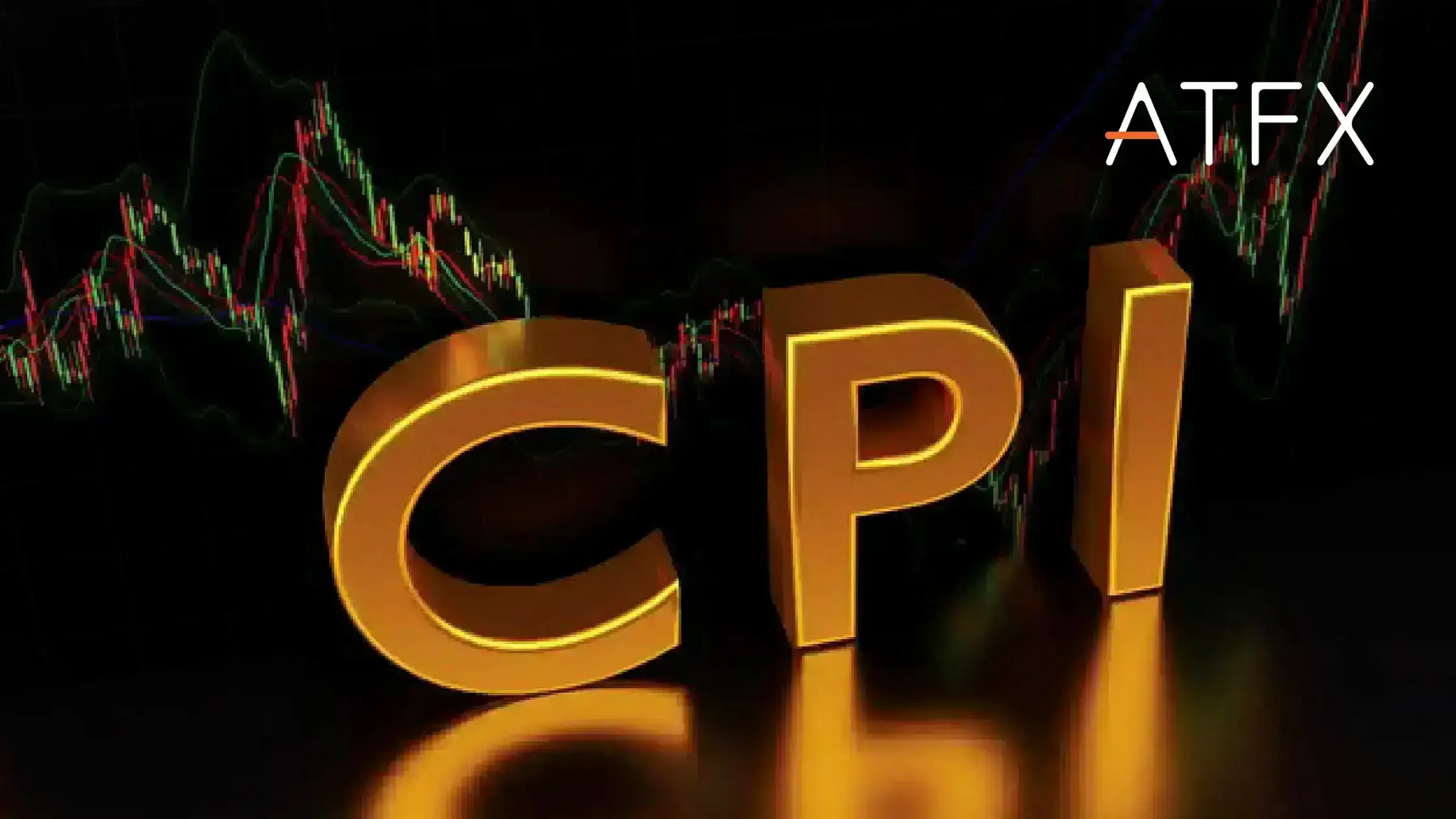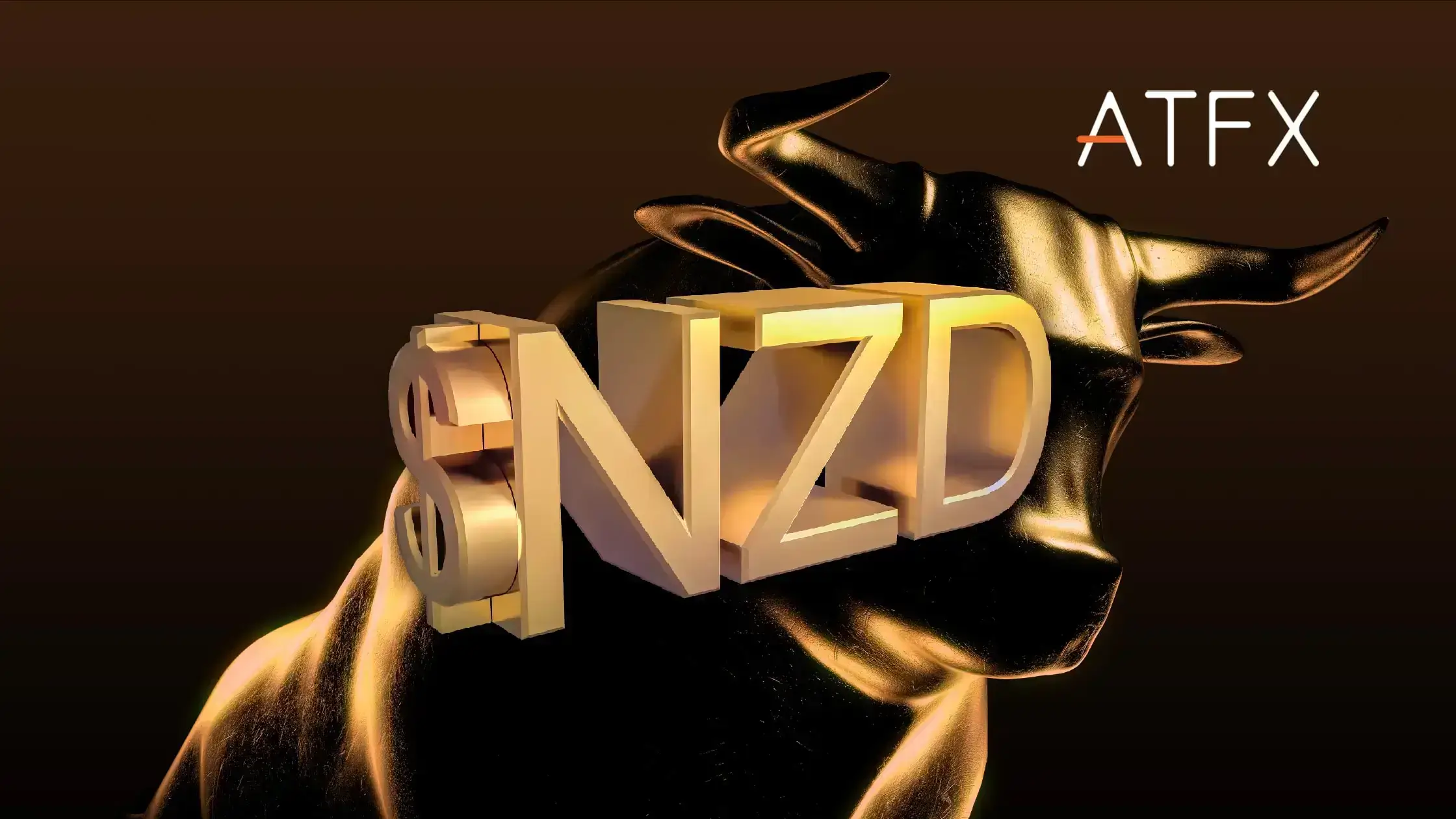After the European Central Bank’s last interest rate meeting, it was reiterated that monetary policy remained flexible and did not rule out raising interest rates before the year ended. The remarks boosted the Euro, which rebounded from 1.11 to 1.14 against the dollar. The euro rebounded as the dollar fell to the edge of 95. Subsequently, the United States announced the non-farm payrolls data for January, with the country adding 467,000 jobs compared to analysts’ expectations of 150,000 jobs and the previous month’s 199,000 figure. In January, the unemployment rate was 4%, up slightly from 3.9% recorded in December. In addition, the monthly and annual changes in average hourly wages are both increasing. The annual rate increased at an impressive 5.7%, while the monthly rate rose by 4.7% compared to the previous month but was lower than the expected 5.2% increase. Finally, the U.S. employment data improved, and the markets watched the Federal Reserve for any hints on the timing of interest rate hikes. The dollar recovered from a three-week low but failed to rise above the 96-point level.
The high U.S. CPI for January and the number of new unemployment claims announced on Thursday are of significant concern. The annual inflation (CPI) rate is expected to hit 7.2%, while the core CPI is expected to rise to 5.9%. If the results meet expectations, this will be the highest inflation level in the United States in 40 years. The US government and the Federal Reserve must start acting together to cool down inflation. The market generally expects the Fed to increase the pace and magnitude of interest rate hikes to suppress inflation. It is estimated that the Fed will announce a rate hike in March, and the magnitude may rise to 0.5% instead of 0.25%. The FOMC voting committee may reveal or guide relevant information on the same day. The Cleveland Fed President’s speech on the outlook for the US economy and monetary policy could also shed some light on the same. Suppose more data and information support the accelerated pace of U.S. interest rate hikes. The dollar is expected to resume its uptrend, with an initial target at 96.20 and a potential return to the 97 level. Technically, if the January low of 94.6 is lost, the downtrend will likely extend, with the dollar index dropping to 93.78.
The biggest reason for the high inflation in the U.S. and globally is the soaring international crude oil prices. Recently, U.S. oil futures and Brent crude oil prices rose above $90, respectively, hitting a seven-year high. I believe the Biden administration will speak again at any time, trying to suppress oil prices. The government remarks against the massive problem of high inflation in the United States are awaited by many. If international oil prices are successfully suppressed, it will directly impact the Canadian dollar. As oil prices have continued rising, the US dollar against the Canadian dollar encountered significant resistance before reaching the 1.28 level. If the USD/CAD pair breaks above the 1.2832 resistance level after oil prices fall, we expect the pair to reach the 1.2962 level. Conversely, if oil prices continue rising, the USD/CAD may test the 1.2562 or 1.2502 support level again.


